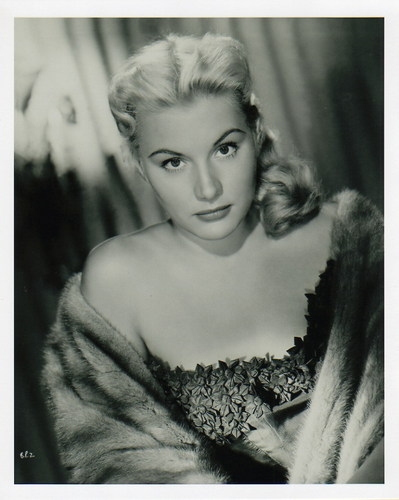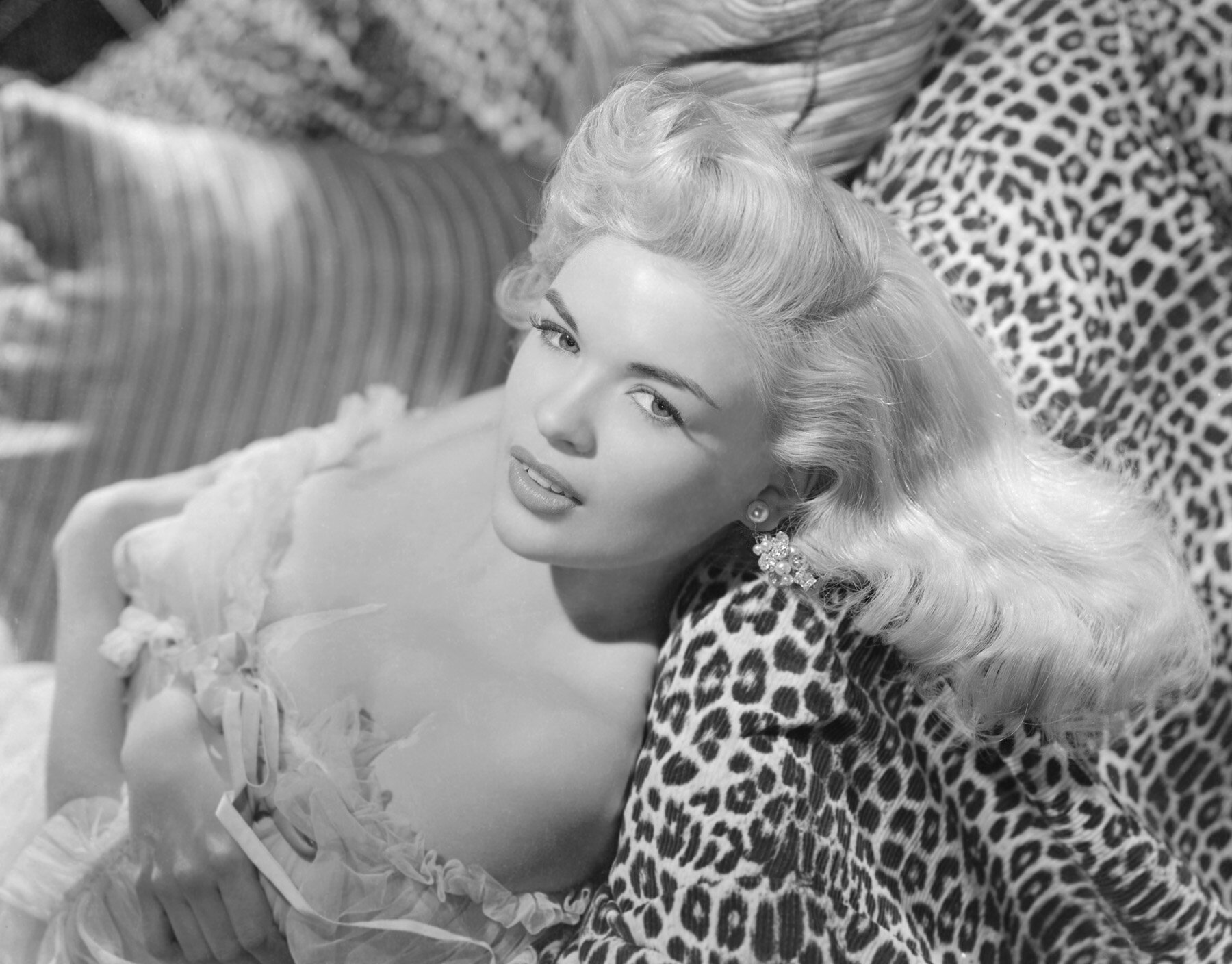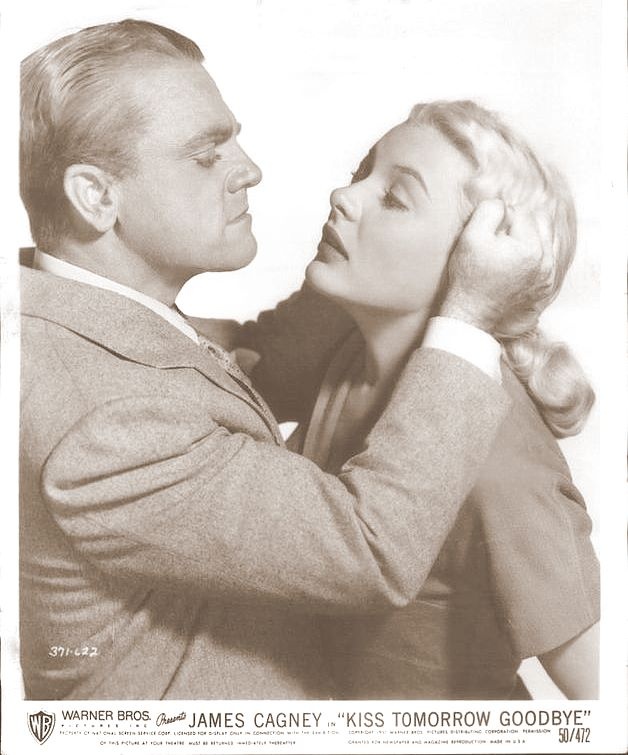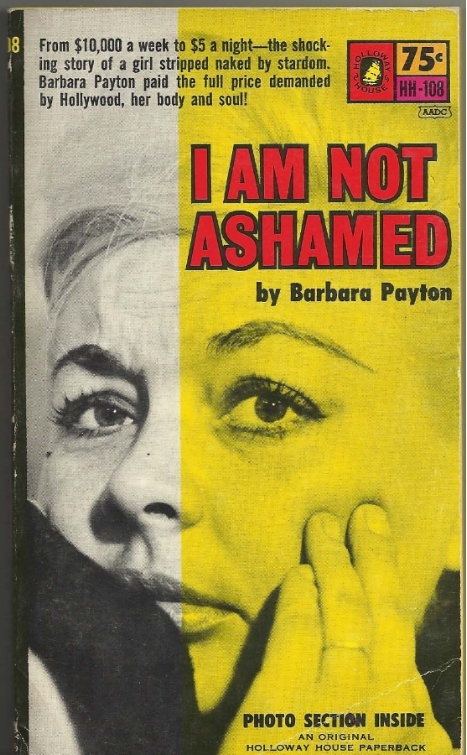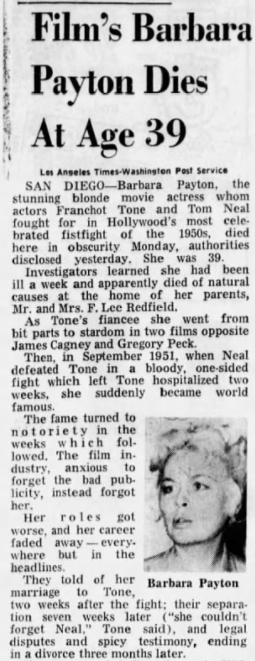Jane Fonda and Jean Seberg, two white American actresses who began their careers at the tail end of the Classical Hollywood studio system, found great success (and husbands) in France before boldly and controversially lending their celebrity to causes like civil rights and the anti-war movement. Fonda and Seberg were both tracked by the FBI during the Nixon administration, which considered both actresses to be threats to national security. But for all their similarities, Jane and Jean would end up on different paths.
Episodes:
HOLLYWOOD ROYALTY/MIDDLE-AMERICAN MARTYR: In the first episode of the season, we track Jane’s difficult upbringing with her famous but absentee father and troubled mother, and the path of privilege -- and tragedy -- that led her to the Actor’s Studio. Meanwhile, in small town, church-dominated Iowa, Jean Seberg announced herself as the town rebel at age 14 when she joined the NAACP. Three years later, she was plucked out of obscurity by a mad genius movie director to star in one of the highest-profile Hollywood movies of the late-50s. Listen
JEAN AND OTTO PREMINGER/JANE IN NEW YORK: Jean Seberg made her first two films, Saint Joan and Bonjour Tristesse, for director Otto Preminger, a tyrannical svengali character whose methods would traumatize Jean for the rest of her life and career. No wonder she rebelled against this bad dad figure by marrying a handsome French opportunist. Meanwhile, Jane Fonda moves to New York, joins the Actors Studio, takes up with her own hyper-controlling male partner, and tries to define herself as something other than Henry Fonda’s daughter. Listen
JEAN AND JANE IN PARIS: With her Hollywood career already something of a disappointment, Jean Seberg took a chance on a French film critic turned first-time director who wanted her to play an amoral American in an experimental movie without a script. The result was Breathless, the catalyzing hit of the French New Wave and the movie that would make Jean Seberg an icon. Soon thereafter, Jane Fonda got her own invitation to come make a movie in Paris, where she’d soon fall in love with Roger Vadim, the man who discovered Brigitte Bardot. Jane Fonda would become Vadim’s new creative muse, as well as his third wife. Listen
JEAN VS. LILITH: Having left her husband to be the mistress of writer/diplomat Romain Gary, Jean secretly gave birth to a son, and then made the movie that she thought would prove herself as an actress once and for all. In Lilith, Seberg would go all in on her portrayal of madness -- perhaps too deep. After a disastrous collaboration with Gary, Jean happily accepted an offer to star in a big budget Hollywood musical. But it was 1969, the studio system had crumbled, and that musical -- Paint Your Wagon -- would become a symbol of everything that was wrong with the Hollywood establishment. Listen
JANE VS. BARBARELLA: Having coaxed Jane into participating in an open marriage, Vadim began casting her in films as a male fantasy of female sexual liberation. This phase of her career would peak with Barbarella, a sci-fi film based on an erotic comic book featuring Jane as a horny space warrior. Jane’s perfect body was on full display and fetishized the world over, but no one knew the self-destruction that went on behind the scenes in order to maintain her looks. While Vadim was building her up as an international sex kitten, Jane was gradually becoming more socially conscious. For all of his experience with women, Roger Vadim didn’t know what to do with a woke wife. Listen
JEAN AND JANE BECOME PUBLIC ENEMIES: On the heels of making her biggest Hollywood movies in years, Jean Seberg becomes involved with two black radicals, one a cousin of Malcolm X who spouted violent, anti-white rhetoric, the other a leader of the Black Panthers. Jean starts offering money and support to these men and their causes, which attracts the attention of the FBI. Meanwhile, Jane leaves Vadim -- and Hollywood -- to find herself as a political activist, working on behalf of American Indians, the Black Panthers, and Vietnam veterans. Despite all her best efforts, Jane hadn’t yet alienated Hollywood -- while she was being watched by the FBI, Jane starred in one of the great surveillance thrillers of the 1970s, Klute. Listen
HANOI JANE AND THE FBI VS. JEAN SEBERG'S BABY: After shooting a film with a much-changed Jean-Luc Godard, Jane Fonda travels to Vietnam, where she naively participates in a stunt that would leave her branded “Hanoi Jane” for decades. The world media had a field day mocking her, the US government set to work plotting to destroy her, and Jane would seek refuge in a new relationship with activist-turned-politician Tom Hayden. Meanwhile, in the midst of divorcing Romain Gary, Jean found herself pregnant. Having wiretapped a phone call between Jean and a Black Panther about her pregnancy, the FBI decided to “neutralize” both Seberg and her unborn child. Listen
COMING HOME: Jean buries her child in Iowa, and then returns to Paris in a fragile mental state. Increasingly plagued by both justifiable paranoia and delusions, she makes her last significant films (including another misguided collaboration with Romain Gary), and another attempt at marriage. Back in the States, Jane subsumes her passion for activism into her new marriage to Tom Hayden, and works to get her movie career back on track by producing commercial yet socially conscious vehicles in which she can star in. One of these films, Coming Home, would become both an anti-war and feminist landmark, and would win Jane another Oscar. Listen
THE LAST OF JEAN/JANE WORKS OUT: Jean Seberg, now plagued with mental illness and alcoholism, comes to a tragic end in Paris. Jane Fonda reinvents herself, once again, for the 80s. Listen







